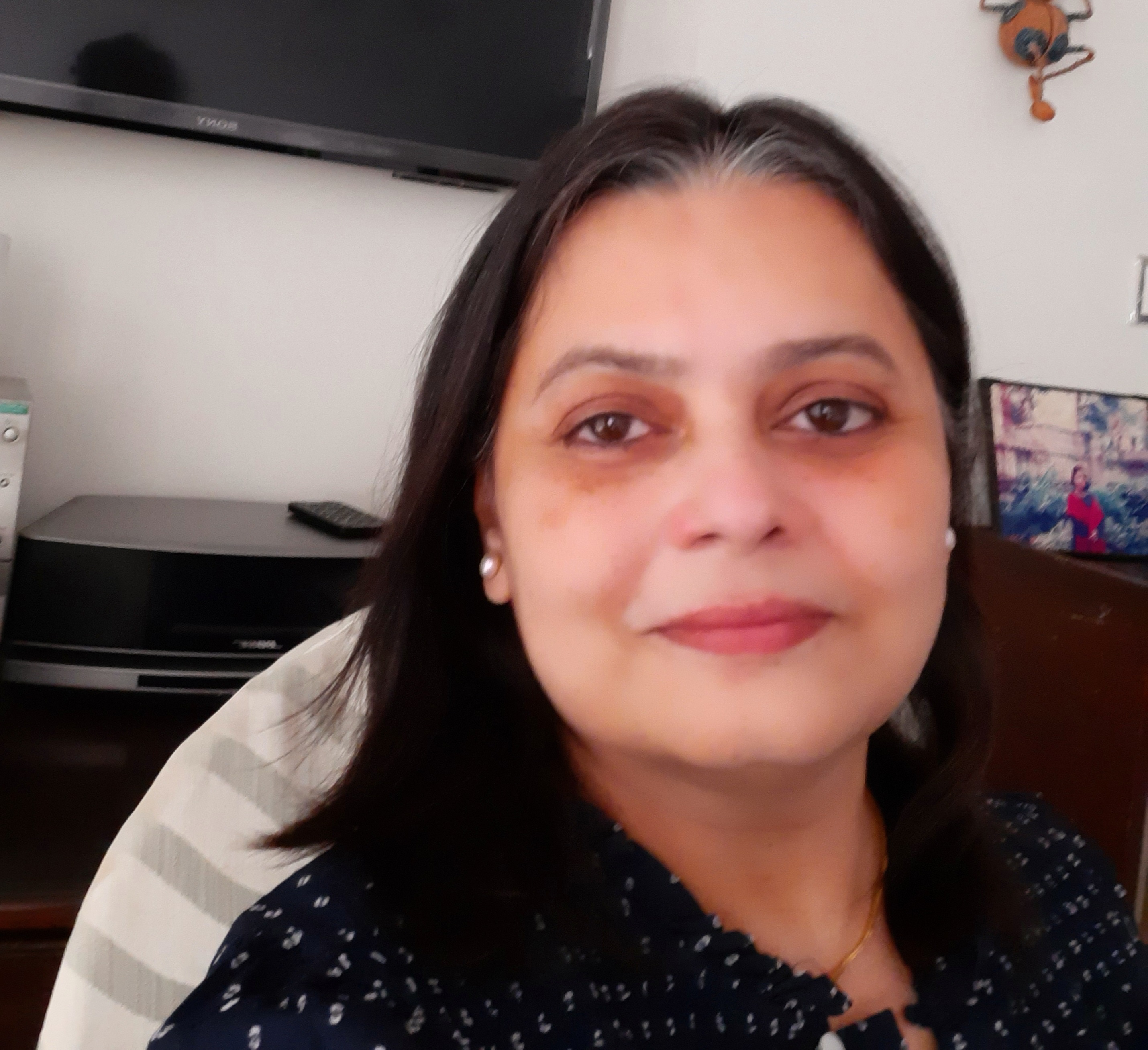Working in the broader spectrum of Sustainability past 17 years, it is heartening to see the deep interest every stakeholder has taken towards achieving the UN SDGs in every aspect of life. The Government of India, State Governments, Corporates, Civil Society are pushing their envelops to ensure by 2030 there could be a more equitable world. At the core lies ‘Sustainability’ a concept that was a brushed aside vertical in most organisations. Corporates across the world are trying every combination and permutation to see how best they could contribute towards achieving their Environmental, Social & Governance goals and fulfil the UNSDGs. Aside from this, growing emphasis by investors is making organisations to see how they could realign themselves in the new emerging world order.
In his book, “Deep Purpose: The Heart and Soul of High-Performance Companies” Ranjay Gulati , Prof. Business Administration, Harvard University in conversation with Deepak Chopra clinical professor of medicine at the University of California San Diego says “The purpose of any organization or business is to improve the quality of life, period,” Chopra says, “Focus on the quality of life for your employees because if your employees are happy, then your customers are going to be happy. If your customers are happy, then your investors are going to be happy. So, start with your employees first, and then everything else will fall into place.”
Employee engagement is a large part of Environment Social & Governance (ESG) strategy that brings into its foray numerous activities be it culture change, bringing in a purpose, commitment to achieve goals, clear communication thus bringing in profitability. To give a personal example of how Employee engagement was implemented in the best possible way and the repercussions when it wasn’t was when this author was working in an organisation that was voted the best place to work for 7 consecutive years. It had the right mix of intellect; open discussion and the evenings were full of activities in the tiny amphitheatre where every Friday some cultural activity would happen. I remember getting my certificate as tea brewer from Taj in one of the many activities that was always held. Being in the mid- senior level management, everyone was deeply engaged and happy to be contributing towards the growth of the organisation until one day, we all heard the news that the organisation had split from its parent organisation. Most at our levels did not understand the consequence as many in the leadership remained, but the rapid change in culture left employees demotivated created a toxic atmosphere and the best employees left. The organisation lost many good contracts, lawsuits were filed the same leadership changed rapidly and everything went spiralling down. So, what changed? Surely, it wasn’t the small freebies the organisation gives but inducing a sense of responsibility that it is “they” who run the organisation. The unsaid sense of responsibility and trust by the organisation ensures employees take a proactive role in rough sails as well. Trust is built when the leadership takes an effort to build that culture.
Organisational strategy needs to consider “people” while projecting their profitability sheets. The pandemic has set in remote management and many organisations have “Concierge Management” as used by Prof. James L Heskett the reason why many people are quitting organisations. In simple terms it means an employee feels a lack of inclusion in the organisation. This sets in a culture when employees are driven without a purpose and the managers are busy in office politics. Harvard Business School Professor Jay Lorsch and investment analyst Emily McTague interviewed current and past CEOs who had led successful corporate transformations and came to the same conclusion: “[These leaders] say that culture isn’t something you 'fix.' It evolves as processes are put in place” Prof. Michael Beer, Russ Eisenstat in collaboration with senior executives at Becton Dickinson put an interesting model for culture change called the Strategic Fitness Process (SFP) that encourages a) Open communication as employees provided feedback and suggestions. b) Aligned stakeholders and teams needed to address barriers to change. & c) Elevated high-potential talent by giving them an opportunity to identify and solve challenges across the organization. SPF has become a powerful tool of change and how organisations can do things and since been emulated in many organisations across the world.
Therefore, to set the stage for achieving the broader framework of UN SDG’s achievable through ESG it is necessary to a) Bring in a “cultural” transformation, that would prepare employees to usher in real changes and not operate in silos b) Each of the component are interconnected and require people to think and act in a particular direction in their respective role and c) Determined leadership with the right mix of people with a purpose for example Unilever’s Sustainable Living Plan, drawn by three people, with opinions taken across organisation and a pattern had emerged that helped the organisation to roll out their most admired and emulated Plan globally.
Though the environmental aspects with emphasis on carbon emissions, green energy, circular economy have obtained a high octave debate across the world with all stakeholders the social and governance aspects play a crucial role in achieving the above in bringing “attitudinal change” that may quicken the pace to achieve the same by setting up processes and structures making it easy to implement, attract the best talents, investors towards building a sustainable culture in any organisation.
(The paper is the author’s individual scholastic articulation. The author certifies that the article/paper is original in content, unpublished and it has not been submitted for publication/web upload elsewhere, and that the facts and figures quoted are duly referenced, as needed, and are believed to be correct). (The paper does not necessarily represent the organisational stance... More >>
Image Source: https://www.un.org/development/desa/disabilities/wp-content/uploads/sites/15/2019/07/E-SDGs-Poster-768x456.png











Post new comment